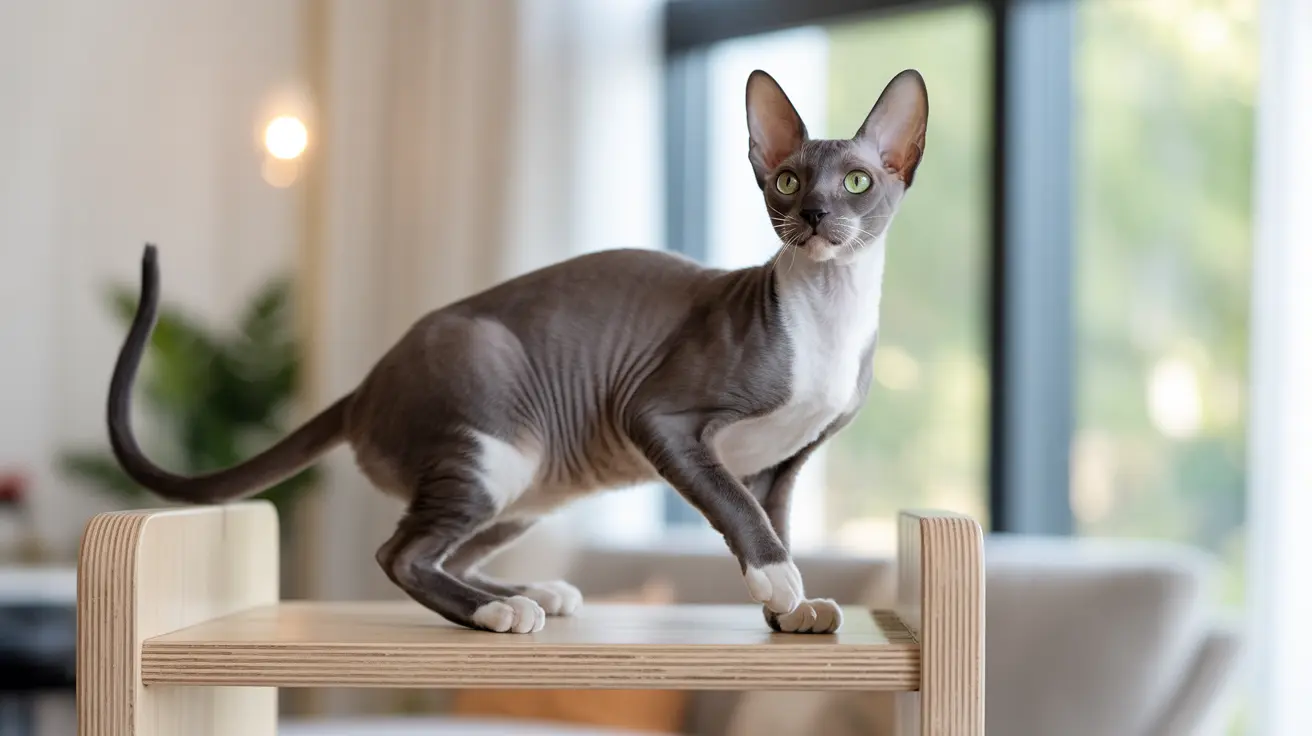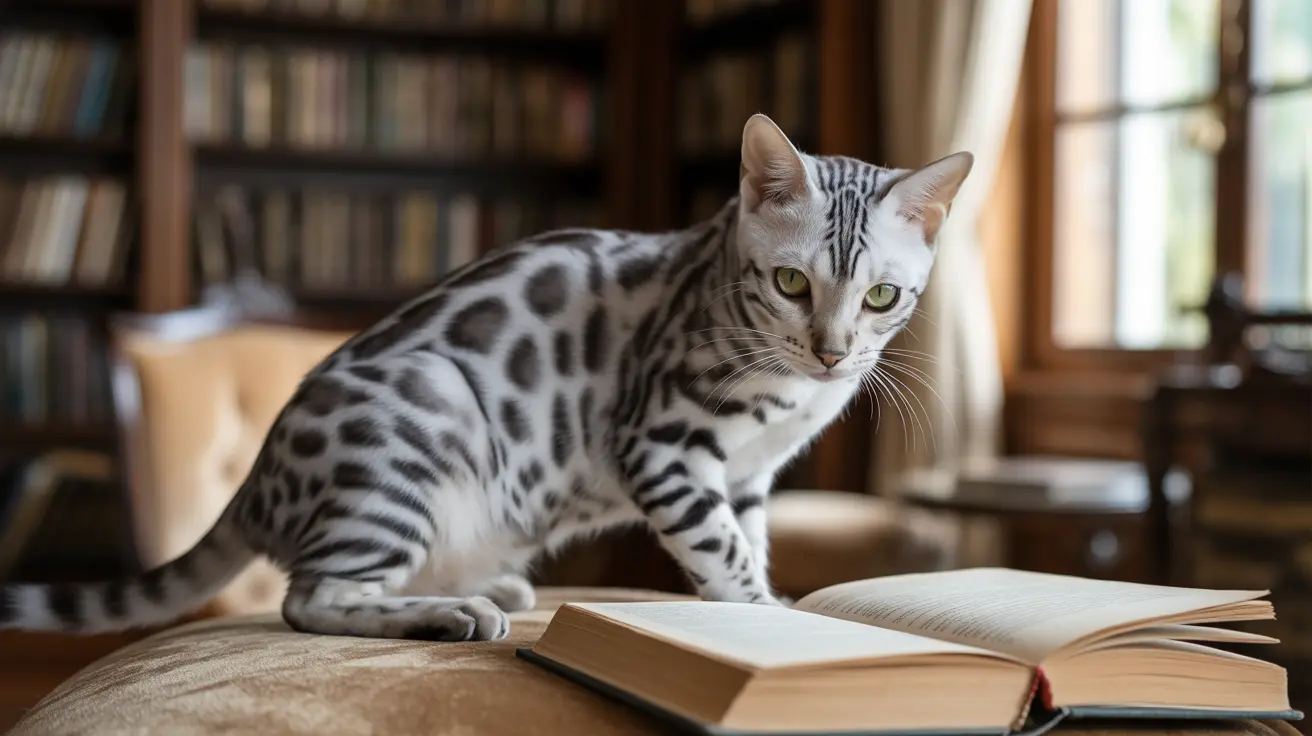As cat owners, recognizing when our feline friends are annoyed is crucial for maintaining a harmonious relationship. Cats communicate their feelings through subtle body language, vocalizations, and behavioral changes. Understanding these signs can help prevent stress and potential aggressive encounters while ensuring your cat's emotional well-being.
In this comprehensive guide, we'll explore the telltale signs of an annoyed cat, what triggers their irritation, and how to respond appropriately to maintain a peaceful household.
Key Signs Your Cat is Annoyed
Body Language Indicators
Cats express annoyance primarily through their body posture and positioning. When irritated, they may display:
- Flattened or sideways-pointing ears ("airplane ears")
- Tail held low and twitching or thrashing
- Tense body posture with arched back
- Fur standing on end (piloerection)
- Dilated pupils or intense staring
Vocal Expressions of Annoyance
An annoyed cat often communicates through distinct vocalizations, including:
- Low-pitched growling or yowling
- Sharp, warning hisses
- Prolonged, irritated meowing
- Snarling or spitting in severe cases
Common Causes of Cat Annoyance
Environmental Factors
Many aspects of a cat's environment can trigger irritation:
- Sudden changes in living space
- Introduction of new pets or family members
- Loud noises or chaotic activity
- Limited access to essential resources
- Changes in daily routine
Physical Interactions
Even well-meaning physical contact can annoy cats:
- Excessive petting or handling
- Touching sensitive areas like belly or tail
- Forced interactions when they prefer solitude
- Restraint or confinement
Prevention and Management
Creating a Cat-Friendly Environment
Minimize potential sources of annoyance by:
- Providing multiple escape routes and hiding spots
- Maintaining consistent feeding and care routines
- Ensuring easy access to litter boxes and resources
- Creating quiet zones away from household activity
Reading and Respecting Boundaries
Prevent escalation of annoyed behaviors by:
- Observing early warning signs
- Giving space when requested
- Avoiding forced interactions
- Maintaining predictable routines
When to Seek Professional Help
Sometimes, increased irritability can signal underlying issues:
- Sudden behavioral changes
- Persistent aggression
- Changes in eating or litter box habits
- Signs of physical discomfort
Frequently Asked Questions
What are the most common signs that my cat is feeling annoyed?
The most common signs include flattened ears, tail thrashing, growling or hissing, and attempts to withdraw from the situation. You may also notice dilated pupils and tense body posture.
How can I tell if my cat's tail movements mean irritation or playfulness?
An irritated cat's tail movement tends to be sharp and aggressive, often accompanied by other signs of tension. Playful tail movements are usually more fluid and accompanied by relaxed body language.
Why does my cat hiss and flatten its ears when bothered?
These are defensive warning signals indicating your cat feels threatened or uncomfortable. This behavior is meant to communicate that they need space and want the perceived threat to back off.
What should I do to calm my cat when it shows signs of annoyance?
Give your cat space, remove any obvious sources of irritation, and avoid forcing interaction. Provide a quiet area where they can retreat and calm down naturally.
Can health problems cause my cat to become more easily annoyed or aggressive?
Yes, pain or discomfort from medical conditions can make cats more irritable. If you notice sudden changes in your cat's tolerance levels, consult a veterinarian to rule out health issues.
Conclusion
Understanding and responding appropriately to your cat's signs of annoyance is essential for maintaining a positive relationship with your pet. By recognizing these signals early and taking appropriate action, you can prevent escalation and ensure your cat feels secure and respected in their environment.
Remember that each cat is unique, and taking time to learn your individual pet's communication style will help you better respond to their needs and maintain their emotional well-being.






